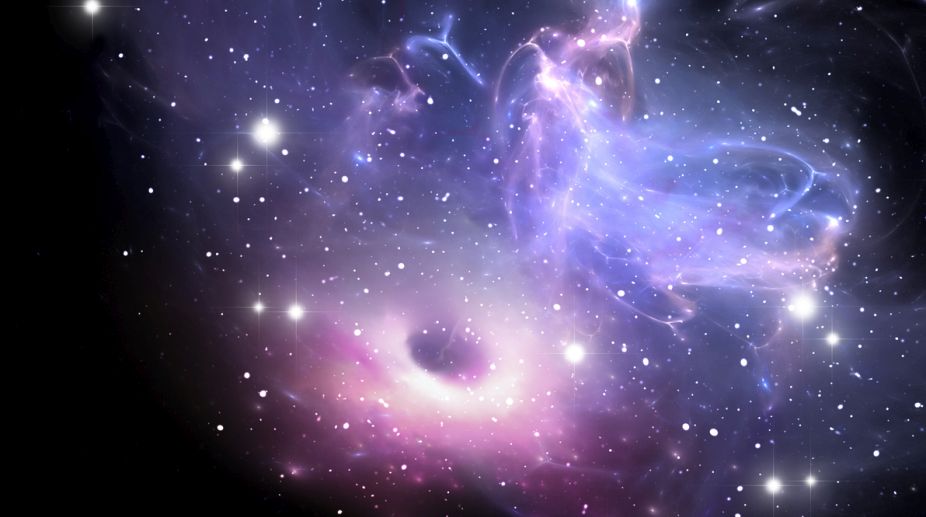The last meal that the supermassive black hole of the Milky Way had was six million years ago, when it consumed a large clump of infalling gas before burping out a colossal bubble of gas weighing the equivalent of millions of suns, a new research led by an Indian scientist from here has found.
With the help of the NASA's Hubble Space telescope, Rongmon Bordoloi and his team of researchers from the Massachusetts Institute of Technology in Cambridge found that several distant quasars can be seen through the northern half of the Fermi Bubbles, an outflow of gas expelled by the Milky Way galaxy's hefty black hole.
Advertisement
The Hubble Space Telescope probed the quasars' light for information on the speed of the gas and whether the gas is moving toward or away from Earth. Based on the material's speed, the research team estimated that the bubbles formed from an energetic event between 6 million and 9 million years ago.
"Six-nine million years might sound like a long time in human years. But in terms of cosmic timescale, it is like the blink of an eye. Just to give you the scale, the universe is approximately 13.7 billion years old, and the dinosaurs became extinct around 66 million years ago. So the last meal that the supermassive black hole of the Milky Way had was after the dinosaurs became extinct," says Bordoloi.











